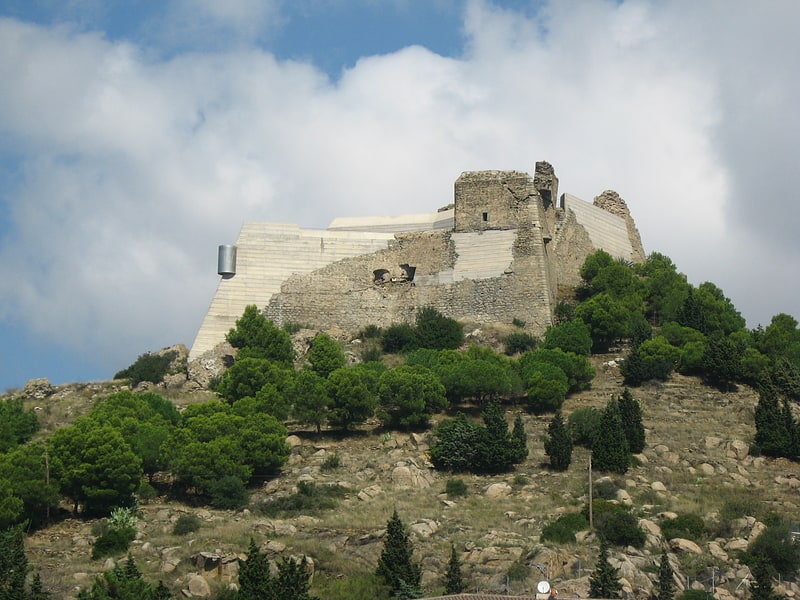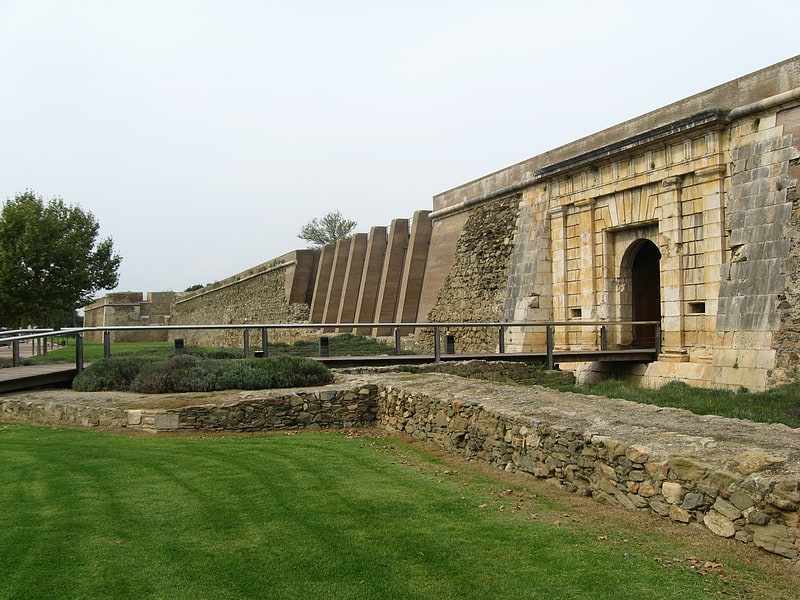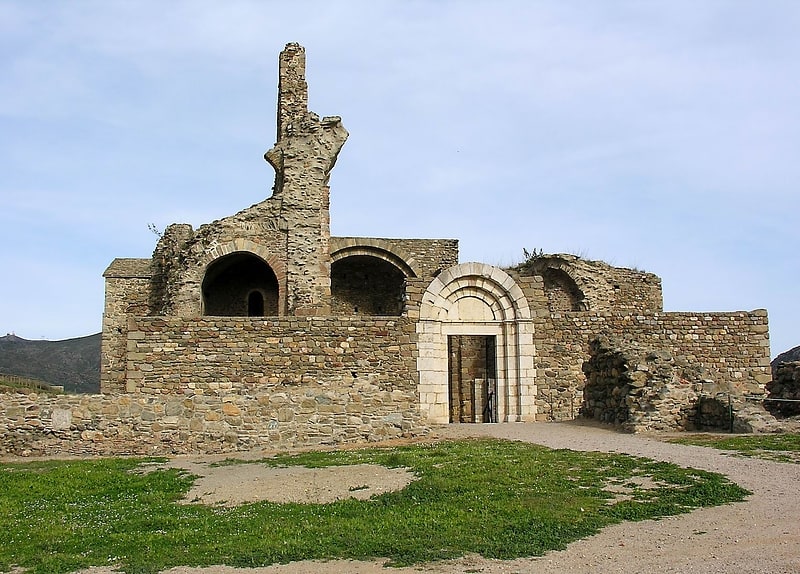Discover 4 hidden attractions, cool sights, and unusual things to do in Roses (Spain). Don't miss out on these must-see attractions: Castell de la Trinitat, Ciutadella de Roses, and Santa Maria. Also, be sure to include Parc Natural dels Aiguamolls de l'Empordà in your itinerary.
Below, you can find the list of the most amazing places you should visit in Roses (Catalonia).
Table of Contents
Castell de la Trinitat

Also known as: Castillo de la Trinidad
Castle in Spain. Castell de la Trinitat is located on the Gulf of Roses, Alt Empordà comarca, Province of Girona, Catalonia, Spain. Along with the Ciutadella de Roses, it provided defenses for the town of Roses.
The name comes from a chapel built in 1508, which was destroyed, along with a defense tower that stood in the area, when the castle was built, ordered by Emperor Charles V (Carlos I) in 1543. Work began on January 2, 1544 and the castle was completed in mid 1551 under the Spanish engineer Luis Pizano. It was defended for twelve days by Royal Navy sailors and marines under the command of Captain Thomas, Lord Cochrane, supported by Catalan militia and regulars in 1808 and the damage inflicted by the besieging French and Italian artillery was compounded by an immense explosion of gunpowder barrels from Cochrane's frigate HMS Imperieuse, laid by him to deny the investing French control of the sea approaches to the Bay of Rosas. It was built in the shape of a five-pointed star for defence purposes. The construction is about 18–20 metres high, with thick walls, and designed to house a garrison of about 350 men.
The Castell de la Trinitat was declared a Bien de Interés Cultural landmark in 1988. Derelict for nearly 200 years, it underwent restoration amounting to about 2 million euros between 2002 and 2010, and a museum was established at the site. It reopened to the public on 26 September 2010.[1]
Ciutadella de Roses

Also known as: Ciudadela de Rosas
Museum in Spain. Ciutadella de Roses is a ruined fortification in the municipality of Roses, Alt Empordà comarca, Province of Girona, Catalonia, Spain. There are various buildings in its surrounds, such as the Castell de la Trinitat, as well as the monastery Santa Maria de Roses, the country's earliest known example of the Lombard architectural style. Construction of the present citadel was ordered by Charles V, Holy Roman Emperor in 1543 at the same time as Castell de la Trinitat to protect it from pirate attacks and from the French.[2]
Address: Av. de Rhode, s/n, 17480 Roses
Santa Maria

Also known as: Monasterio de Santa María de Rosas
Monastery. Santa Maria de Roses is a ruined Benedictine monastery in the municipality of Roses, Alt Empordà comarca, Catalonia, Spain. It is situated within the Ciutadella de Roses, a fortification in the Province of Girona. It is the earliest known example of Lombard architectural style in the country.[3]
Parc Natural dels Aiguamolls de l'Empordà

Park in Spain. The Parc Natural dels Aiguamolls de l'Empordà is a natural park in Catalonia, Spain. It forms part of the Bay of Roses and, like the Ebro Delta, was a malarial swampland. The marshland lies between the Rivers Fluvià and Muga. It is the second largest wetland in Catalonia at over 4,800 hectares and was established in 1983.
During the 19th century, much of the marsh was drained as canals were created and the land converted to agriculture. However, virgin marsh and dunes remained and was given Natural Park status in the 1980s after a campaign to save the area from development.
The park accommodates 327 different species. Great spotted cuckoo, spoonbill, nightingale, collared pratincole and stone-curlew are among its many birds. The park offers seven hides and one tower for bird watchers. They are connected through a plain dirt track which allows wheelchairs.[4]